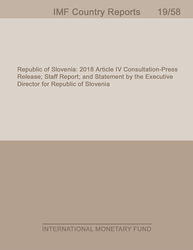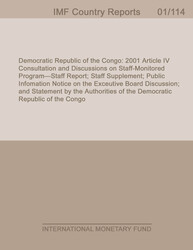
France: 2014 Article IV Consultation-Staff Report; Press Release; and Statement by the Executive Director for France
KEY ISSUESContext and Outlook. The economy has shown resilience through the crisis, but faces aslow recovery. Three years of significant fiscal adjustment have dampened activity. We project growth of 0.7 percent this year and 1.4 percent in 2015, driven by stronger external demand, improvements in profitability and investment, and a lesser fiscal drag. Inflation is projected to stay just above one percent. Apart from cyclical weakness and a structural fiscal imbalance, the economy faces employment and competitiveness gaps. Supply side measures and structural reforms are expected to improve economic performance over the medium term.Risks. Volatile and uneven leading indicators point to the risk of a stalled recovery. Continued stagnation would, in turn, make it more difficult to meet fiscal objectives. Financial stability risks, and related outward spillovers, have abated considerably, as banks have rebuilt capital and liquidity buffers at a brisk pace, although exposure to wholesale funding remains high.Policy Recommendations. Despite substantial adjustment, mostly on the tax side, the government deficit still stood at 4.2 percent of GDP in 2013, and debt rose to 92 percent in 2013. The April 2014 Stability Program lays out a path of fiscal adjustment, tax cuts and reform aimed at closing the structural fiscal deficit over the medium term while boosting the economy's growth potential. The targeted pace of adjustment is right— about ½ a percentage point a year. The simultaneous pursuit of tax cuts and deficit reduction rests on an ambitious program of expenditure reduction (2.2 percent of GDP). The emphasis should go to structural measures to ensure that spending growth is curbed permanently. Tax cuts and regulatory simplification are welcome measures to encourage investment. The impact of supply-side initiatives would be boosted by better functioning labor and product markets: reforms should aim to expand competition in services and to deepen labor market reforms with a view to creating more room for enterprise-level negotiations over working conditions. Indexation of the minimum wage should be reformed to limit the adverse impact on low skilled employment. Stronger liquidity and capital buffers in banks, and an improved European bank resolution framework, will better shield the economy and public finances from banking shocks.Banks still face adaptation to the evolving regulatory framework, and it will be important to ensure that the uneven taxation of financial instruments does not constrain the keyintermediation role of banks.
Publication date: July 2014
ISBN: 9781498328760
$18.00
Add to Cart by clicking price of the language and format you'd like to purchase
Available Languages and Formats
| English |
Prices in red indicate formats that are not yet available but are forthcoming.
Topics covered in this book
This title contains information about the following subjects.
Click on a subject if you would like to see other titles with the same subjects.
Money and Monetary Policy , International - Economics , Public Policy ,
Also of interest
Summary
Copyright © 2010 - 2026
Powered by:
AIDC



